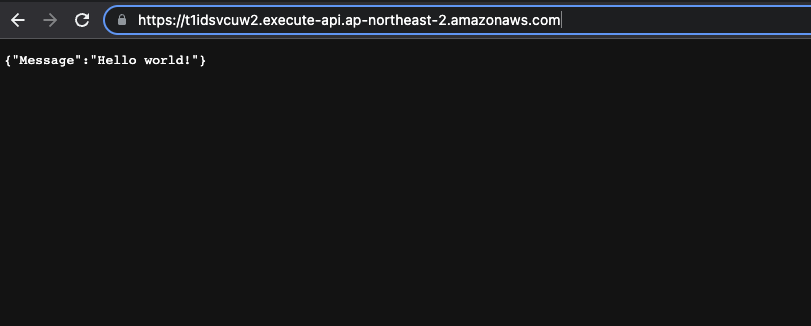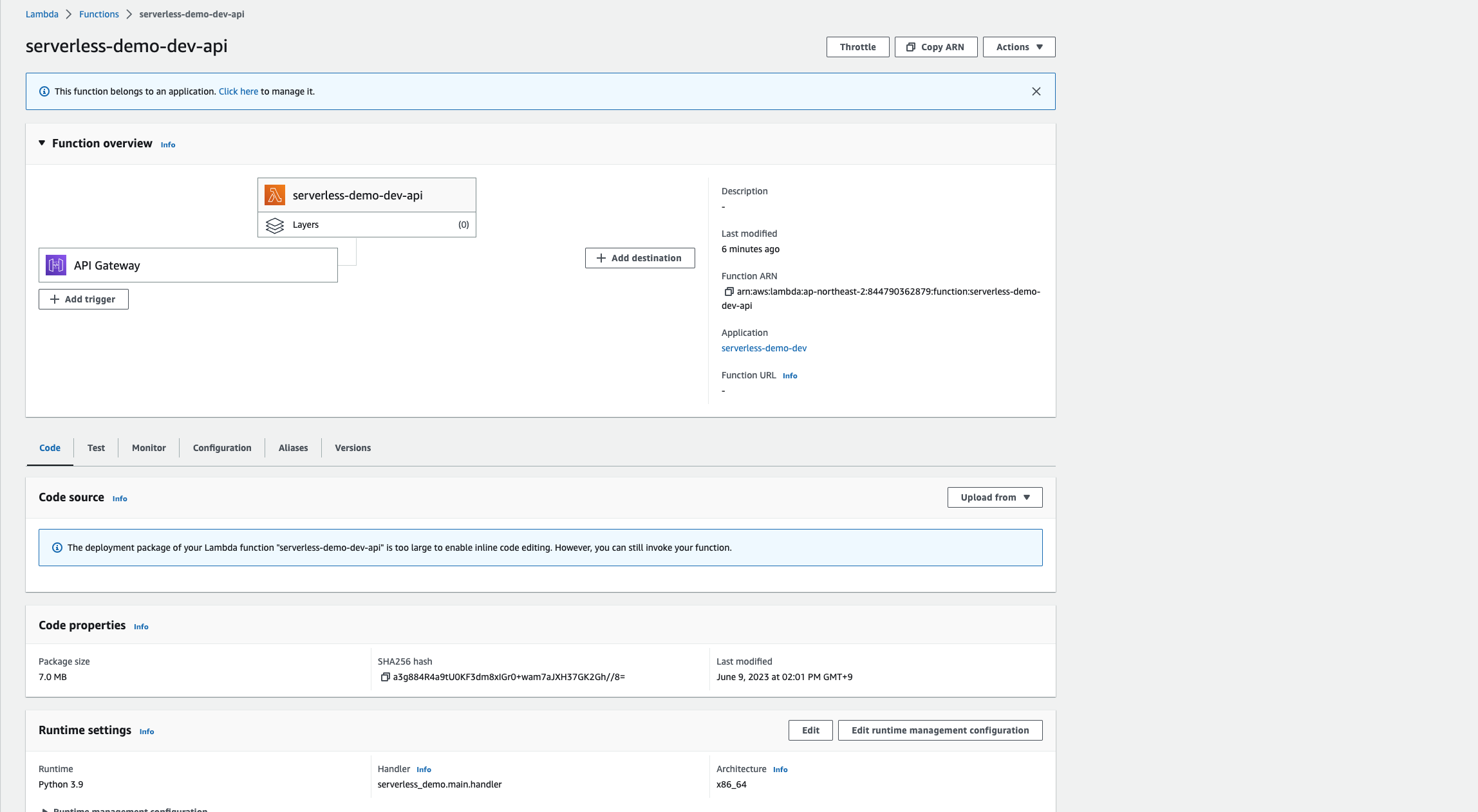What is Serverless Computing?
Serverless is a cloud computing model where developers can run applications without worrying about the provisioning and managing the servers and the infrastructure. Consequently, serverless computing enables developers to mainly focus on writing applications and business logics. Despite the name “serverless” suggests, it doesn’t mean there’s no server. There are servers running but they’re invisible to the developers. The leading serverless cloud providers are AWS Lambda, Azure Functions, Google Cloud Functions and IBM Cloud Code Engine.
Pros and Cons of Serverless
Serverless architecture offers a number of advantages to developers but it can also incur some drawbacks.
Advantages
- No server management
- The management of the server and the infrastructure is all handled by the provider so developers can focus on writing business logics.
- Only charge for what you use
- Developers pay only for what they use. Some providers even break down charges into 100ms frames. You don’t have pay anything when there’s no resources being used.
- Highly scalable
- As the user traffic goes up, the server capacity automatically increases and the vice versa. If a function needs to be run in multiple instances, the provider starts up new servers and end them when done. Consequently, developers don’t have to worry about the time when there’s an unusual amount of user traffic comes in unexpectedly.
Disadvantages
- More challenging testing and debugging
- As we have less control on the server managements, it’s hard to replicate the server environment on the local development environment.
- Performance may be affected
- As the server is not constantly running (some functions are invoked rarely), the cold start-up time might degrade performance.
- Vendor lock-in
- As the server management and the infrastructure relies on a single vendor, it might be difficult to migrate to another vendor as each vendor offers different features and workflows.
Deploy FastAPI service to AWS Lambda
AWS Lambda is a major serverless computing provider offered by Amazon.
1. Install Poetry
Poetry is a great tool for package and dependency management.
To install,
1
brew install pipx
1
pipx install poetry
After installation, create a project directory by
1
2
poetry new serverless_demo
cd serverless_demo
Then, you will see the project structure as below.
1
2
3
4
5
6
7
8
serverless_demo/
├── README.md
├── poetry.lock
├── pyproject.toml
├── serverless_demo
│ ├── __init__.py
└── tests
└── __init__.py
2. Dummy FastAPI Project
First, install FastAPI with Poetry.
1
poetry add "fastapi" "uvicorn[standard]"
Then, create main.py under serverless_demo/serverless_demo/main.py and give a simple router.
1
2
3
4
5
6
7
from fastapi import FastAPI
app = FastAPI()
@app.get("/")
def main_route():
return {"Message": "Hello world!"}
Let’s test our app.
1
uvicorn serverless_demo.main:app
3. Serverless Framework
Serverless Framework is a popular open-source web framework built with Node.js for building applications on AWS Lambda.
Install by
1
curl -o- -L https://slss.io/install
Now create serverless.yml file under the project root directory and copy and paste the following code.
1
2
3
4
5
6
7
8
9
10
11
12
13
14
15
16
17
18
19
20
21
service: serverless-demo
frameworkVersion: '3'
provider:
name: aws
runtime: python3.9
region: ap-northeast-2
functions:
api:
handler: serverless_demo.main.handler
events:
- httpApi: '*'
package:
exclude:
- node_modules/**
- venv/**
plugins:
- serverless-python-requirements
(Make sure to configure your AWS credentials first before deployment, for example by using aws-cli).
We have one plugin serverless-python-requirements which is a Python packaging plugin with requirements.txt or pyproject.toml file.
Notice that under function/api, we have handler. We need to wrap our ASGI app to adapt AWS Lambda and API Gateway and we use Mangum for this.
1
poetry add mangum
Then, add the handler in main.py.
1
2
3
4
5
6
7
8
9
10
from fastapi import FastAPI
from mangum import Mangum
app = FastAPI()
@app.get("/")
def main_route():
return {"Message": "Hello world!"}
handler = Mangum(app)
Since serverless is a Node package, we have to initialize an npm project and install the plugin.
1
2
npm init -y
npm install serverless-python-requirements
4. Deployment
Finally, let’s deploy our project to AWS Lambda. Move to the project root directory and
1
serverless deploy
You can see we have successfully deployed our app to AWS Lambda. You can test our app with the endpoint URL. 
To test our app on AWS Lambda, go to AWS console and select Lambda. On the left panel, click Functions and select the project name. Then you will see the following.


